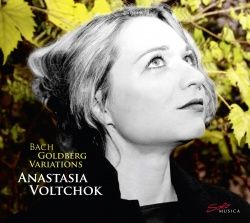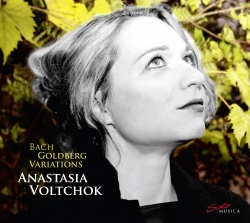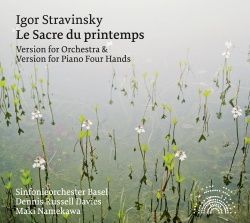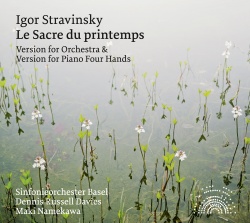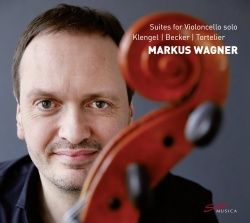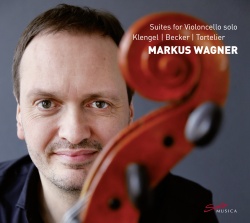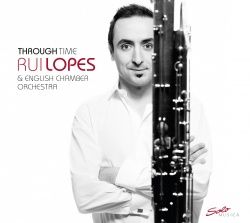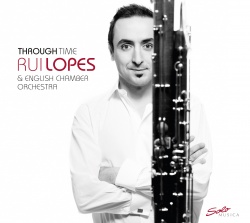Sinfonieorchester Basel – Of Madness and Love
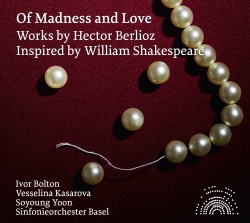 Artists: Sinfonieorchester Basel, Vesselina Kasarova, Ivor Bolton
Artists: Sinfonieorchester Basel, Vesselina Kasarova, Ivor Bolton
Title: Of Madness and Love – Orchestral Works by Hector Berlioz Inspired by William Shakespeare
Catalogue No.: SOB 08
Release: 13.04.2015
Description
Vesselina Kasarovawas born in Stara Zagora (Bulgaria) and began playing the piano at the age of four. After training as a concert pianist and gaining her diploma, she studied singing with Ressa Koleva at the Music Academy of Sofia, and was already as a student singing major roles at the National Opera. She has given concerts and recitals throughout Europe, the USA and Japan. Vesselina Kasarova holds the title Kammersängerin of the Bavarian State Opera in Munich as well as of the Vienna State Opera.
Ivor Boltonis chief conductor of the Mozarteumorchester Salzburg, with whom he has appeared annually at the Salzburg Festival since 2000, and on tour (including at the 2006 BBC Proms in London), and with whom he has already built up an extensive discography including a critically successful series of Bruckner Symphony recordings. He will take up the position of Music Director of the Teatro Real Madrid in September 2015 and is also Chief Conductor of the Dresden Festival Orchestra.
The Sinfonieorchester Baselis one of the oldest and most important orchestras in Switzerland. It is rooted in the north-west of Switzerland and at the same time enjoys a more than regional as well as international radiance. The Sinfonieorchester Basel is always again demonstrating anew its excellent quality, whether it be in its own concert tiers, in the Theater Basel or in guest concerts at home or abroad.
Tracklist
– Scène d’amour aus Roméo et Juliette (Symphonie dramatique)
– Rêverie et Caprice – Romanze für Violine und Orchester
– La mort de Cléopâtre – Scène lyrique für Sopran und Orchester
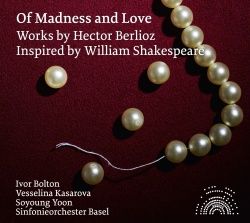

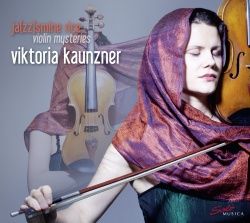
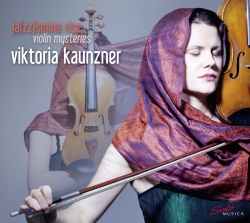 Artists:
Artists: 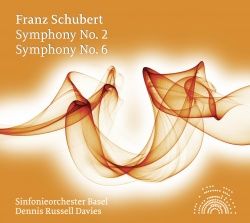
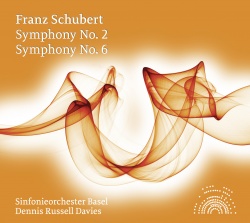



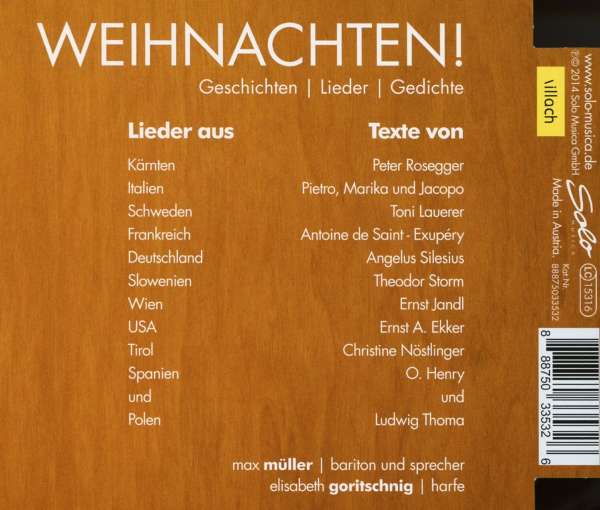
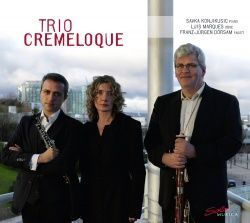
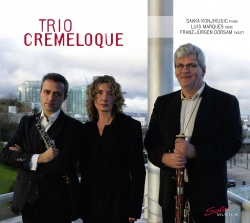
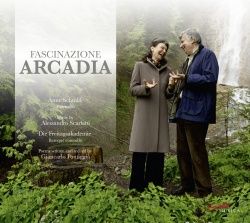
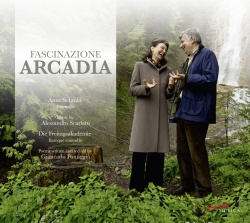 Artists:
Artists: 